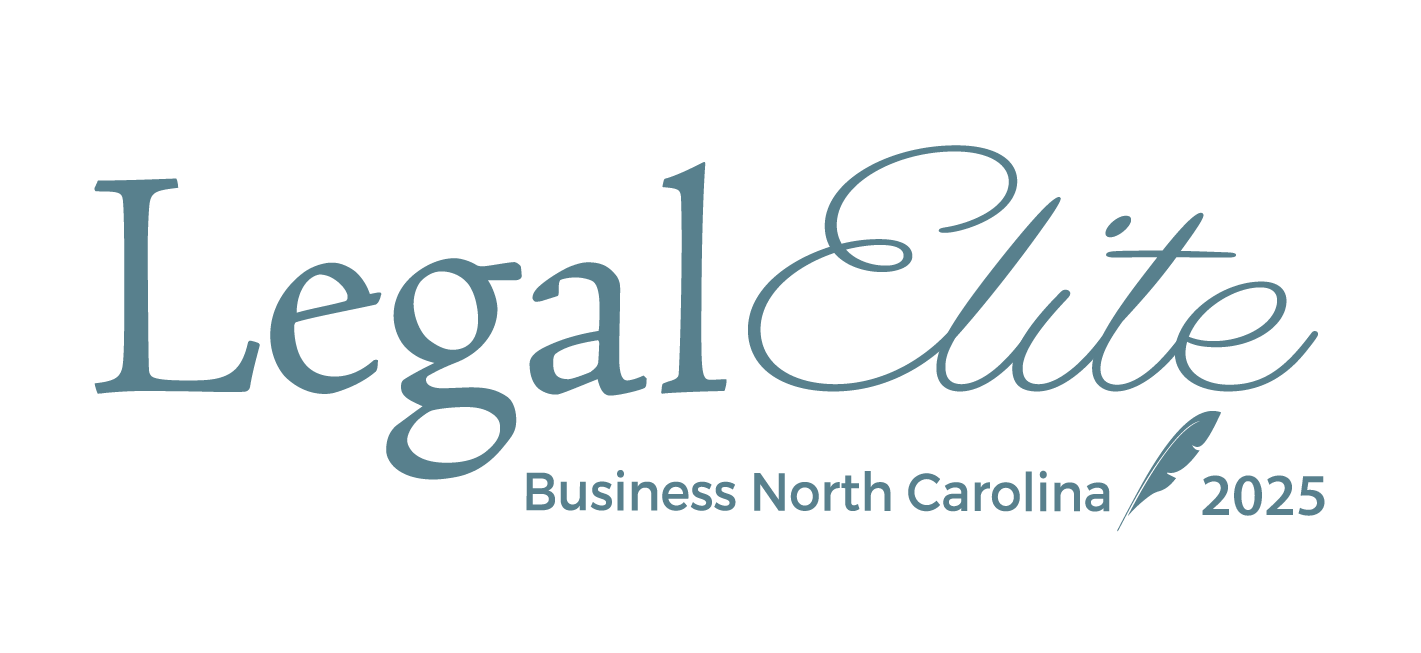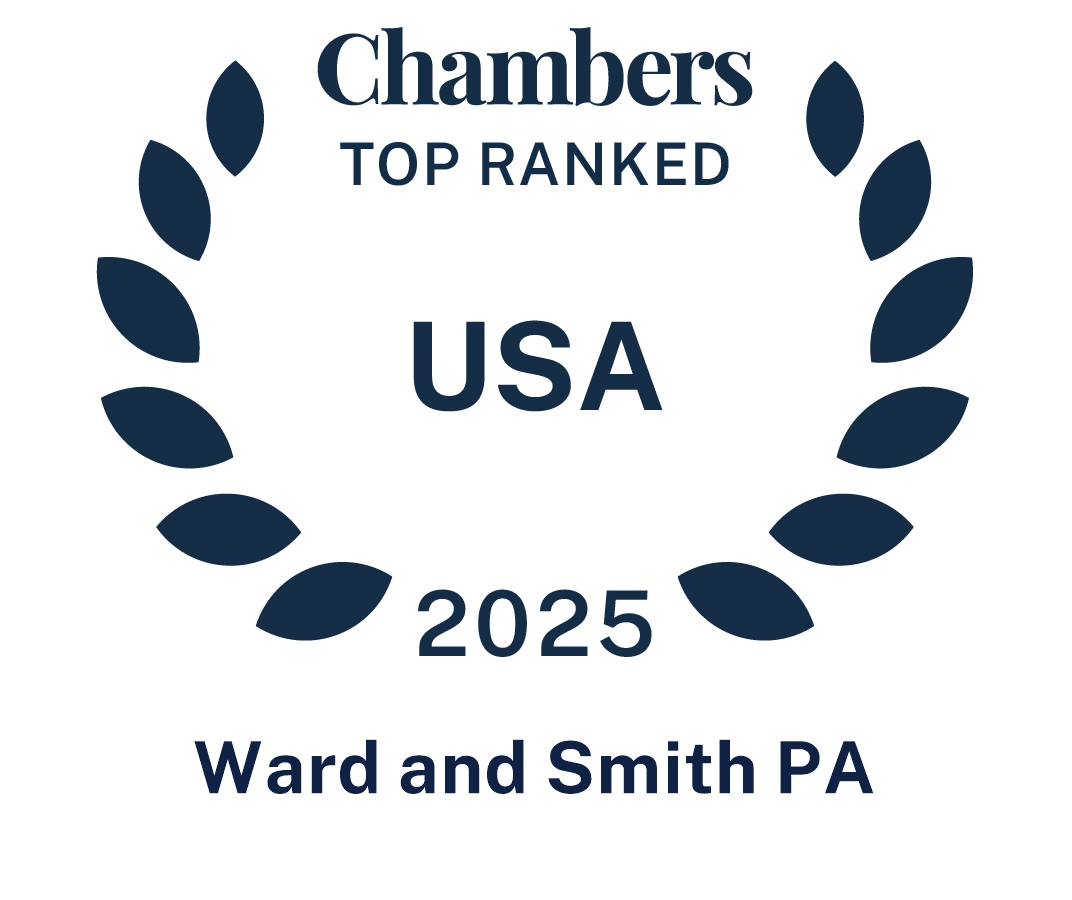As maximum Occupational Safety and Health Administration ("OSHA") penalties continue to increase on an annual basis, the importance of being prepared for an OSHA inspection should be a growing priority for businesses.
While OSHA can conduct random inspections without prior notice, being prepared in advance can make the process smoother and significantly reduce the risk of violations. Here are guidelines on how to proactively prepare for an OSHA inspection.
Why is This Happening to Me?
Knowing what could bring OSHA to your door can help you anticipate and address vulnerabilities. OSHA inspections can be triggered for several reasons — including employee complaints, imminent danger reports, injuries or fatalities in the workplace, or targeted inspections in high-hazard industries — or for no reason at all. In addition to knowing why OSHA may be inspecting your business, it is important to keep in mind that OSHA inspections are subject to the plain view doctrine. This means that on-site inspections may begin for one reason and lead to citations for any hazard an inspector observes in plain view, even if that hazard was not part of the initial focus of the inspection. As such, businesses should be prepared to take an OSHA inspector directly to and from the pertinent area of the inspection and avoid conducting any high-hazard activities while the OSHA inspector is present.
How Can I Stay Prepared?
An initial step businesses should take to prepare for a visit from OSHA is designating an OSHA Coordinator. This person should be prepared to receive OSHA inspectors, well-versed in applicable OSHA standards, and knowledgeable about the company's documents (such as OSHA 300 logs) that fall under OSHA's purview. Having a designated OSHA Coordinator avoids confusion if your business receives requests from OSHA and ensures consistency in your responses. The OSHA Coordinator should also assist in developing and/or implementing a safety program for the business to address potential risks and hazards. Such a program should include information regarding employee training, hazard communication programs, and guidelines in compliance with OSHA and other relevant standards, among other relevant elements.
Businesses should consider conducting internal safety audits on a regular basis. An internal safety audit should simulate an OSHA inspection, including a walkaround and evaluation of compliance issues, an examination for proper signage and PPE usage, and a review of safety training logs and injury records. Businesses can also request free, confidential assistance through OSHA consultations as an additional means of self-auditing. Engaging in such practices will ensure that your business maintains up-to-date, organized, and accessible documentation in advance of any issues with OSHA. Safety audits will also reinforce the importance of maintaining a safe and clean workplace and help you avoid the need to scramble when OSHA shows up.
They're here now. What should I do?
During an opening conference, OSHA inspectors arrive to discuss the scope of the inspection. You should be kind and professional at all times, but also be prepared to assert your rights in a professional manner. You should also be cooperative while avoiding volunteering additional information that was not requested. Do not hesitate to take notes or ask clarifying questions, and be sure to request the credentials of the inspector.
During the inspection of any company equipment or areas, accompany the inspector and take your own independent photos and videos. Request that the inspector inform you prior to taking a photo or video, so you can take the same shot as the OSHA inspector. It is important to note that you may not see or receive copies of any evidence gathered by the inspector, so your own photos and videos may help you correct any inaccuracies. Additionally, you should not allow the inspector to ask you substantive questions during a walkaround. Instead, politely ask that substantive questions be asked during a formal interview.
You can schedule and prepare for formal interviews with OSHA, which will allow you to understand the factual background and reasons for the inspection. The words of your supervisors and managers can bind your company, and OSHA will use information provided by these employees as the basis for citations against you. As such, you should adequately prepare for interviews to avoid careless errors. After preparing for the interview, plan to attend formal interviews of managerial-level employees (and any other employees if the inspector allows) with legal counsel. You have the right to attend supervisors' interviews, and counsel can assist your supervisors by ensuring that any inquiries stay within the scope of the investigation. When attending employee interviews, take detailed notes and conduct follow-up interviews with any employees who were interviewed. However, you must not retaliate against an employee for participating in an OSHA interview or reporting workplace safety concerns. Doing so could subject your business to an OSHA complaint for retaliation in addition to state law claims, such as a claim under the North Carolina Retaliatory Employment Discrimination Act.
Conclusion
Every OSHA inspection is different and has associated risks. However, the outcome of an OSHA inspection does not have to be completely unpredictable. By staying organized, training your team, and maintaining compliance on a regular basis, your business will be in a strong position if OSHA comes knocking at your door. On the other hand, waiting until OSHA arrives to prepare for the situation is likely to cost your business in penalties based on violations that could have been easily avoided.
There is also no way to guarantee that your business will not come up on OSHA's radar or that OSHA will not cite your business at the end of an inspection. Nevertheless, prepared businesses can better protect their workers and avoid six-figure penalty assessments and extensive legal disputes by staying in front of safety issues before OSHA arrives. For further advice and guidance on OSHA inspections, Ward and Smith attorneys are experienced and available to assist.







